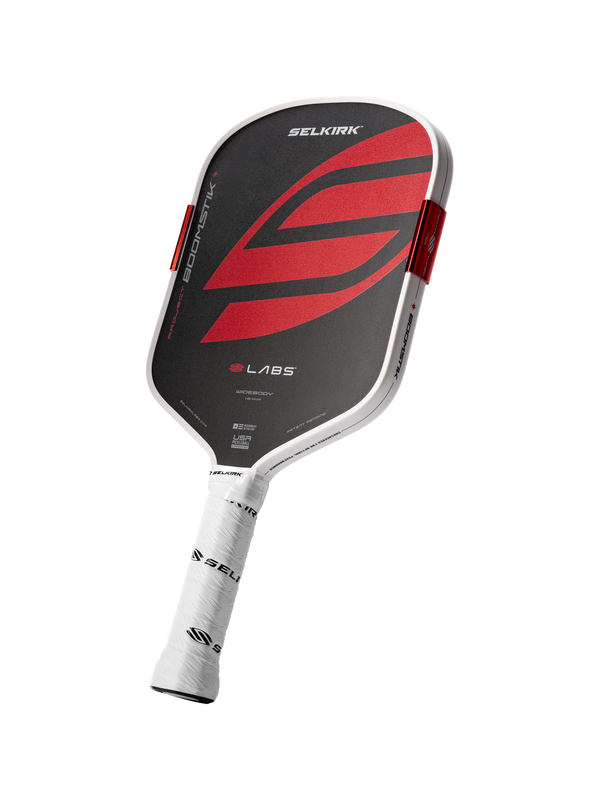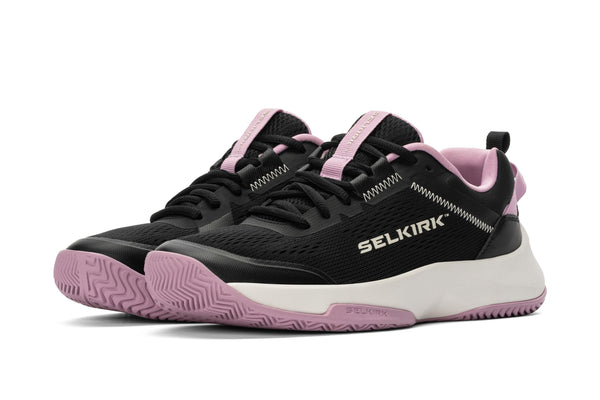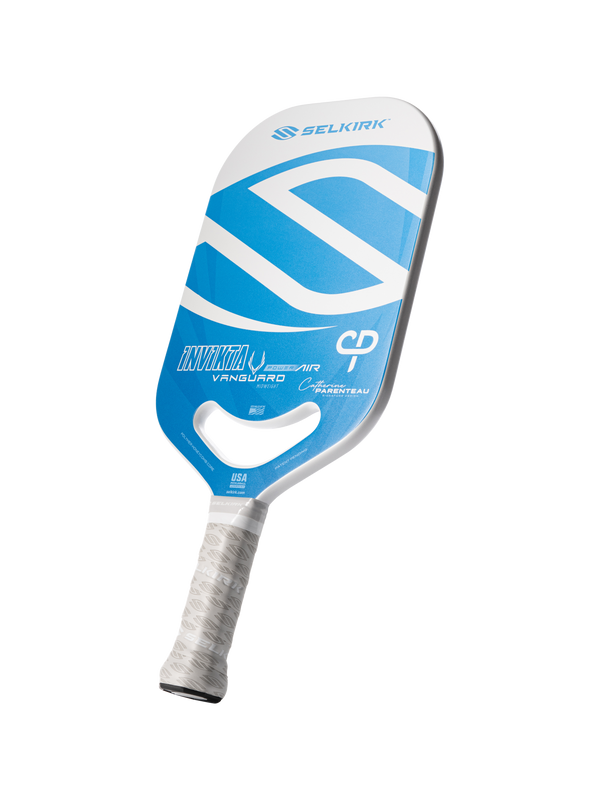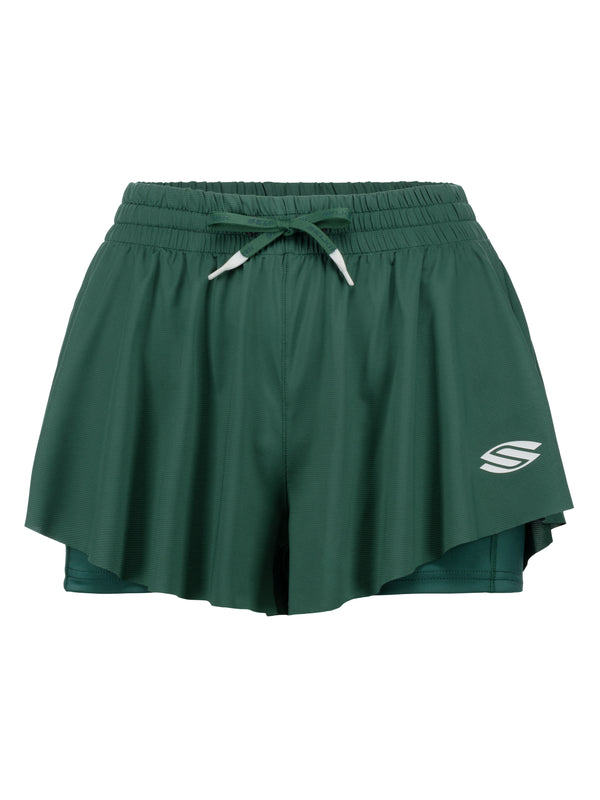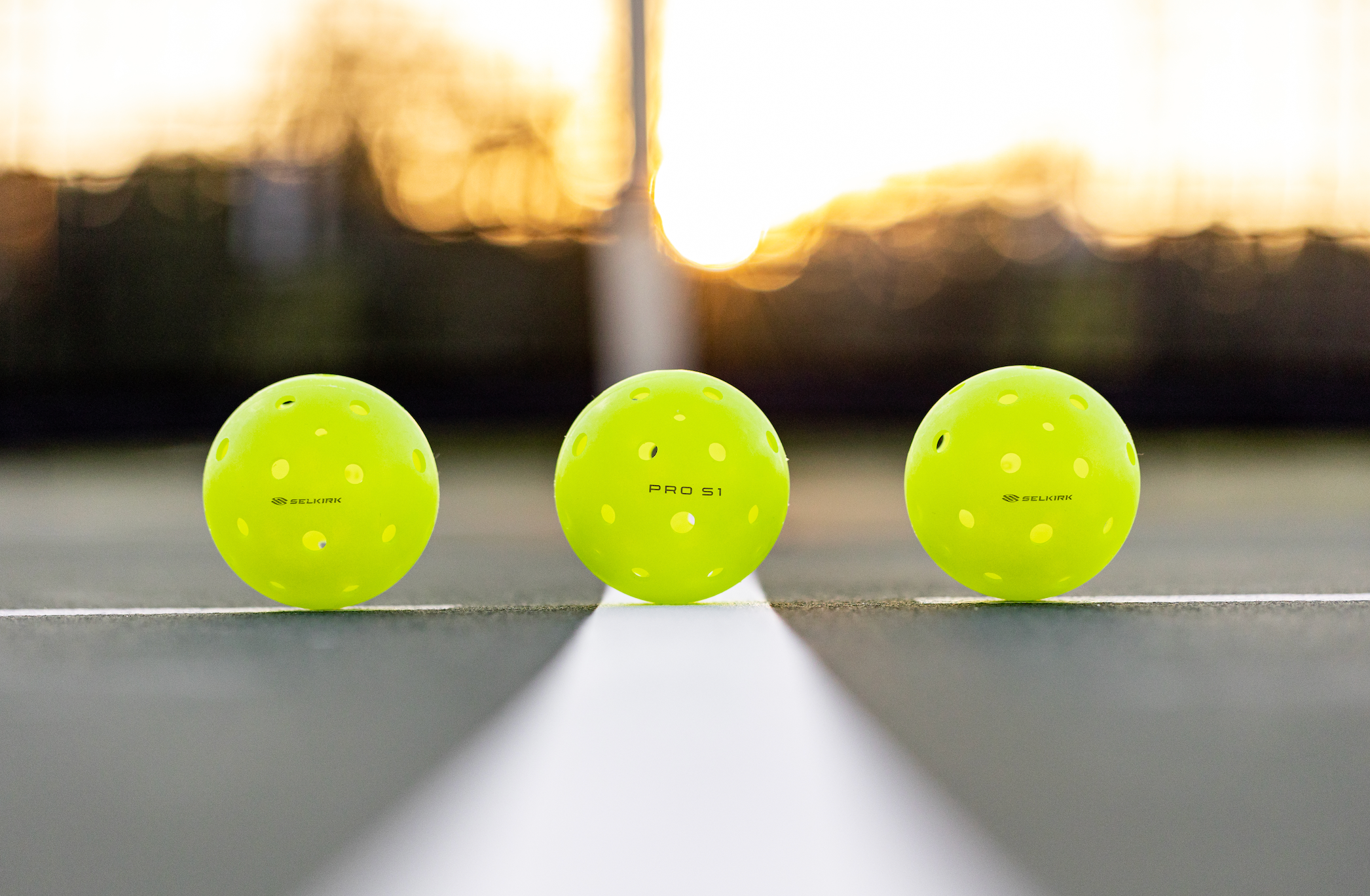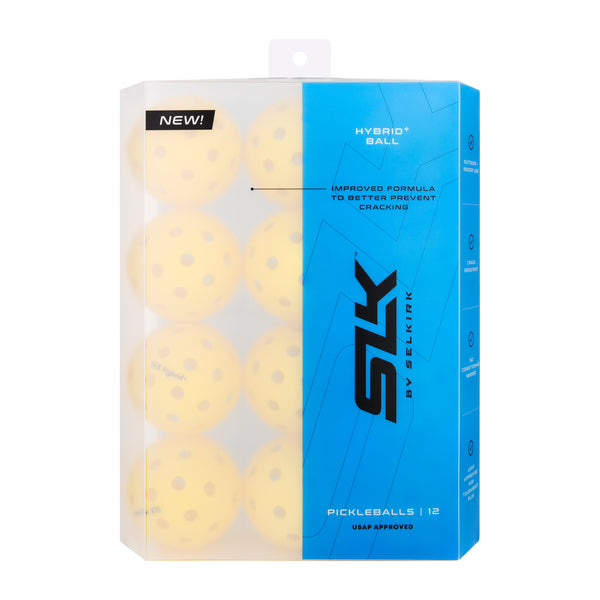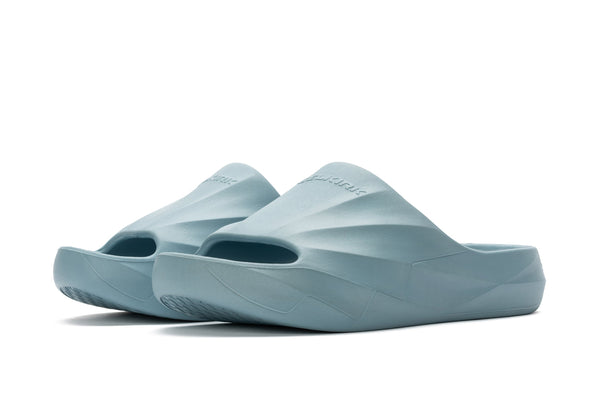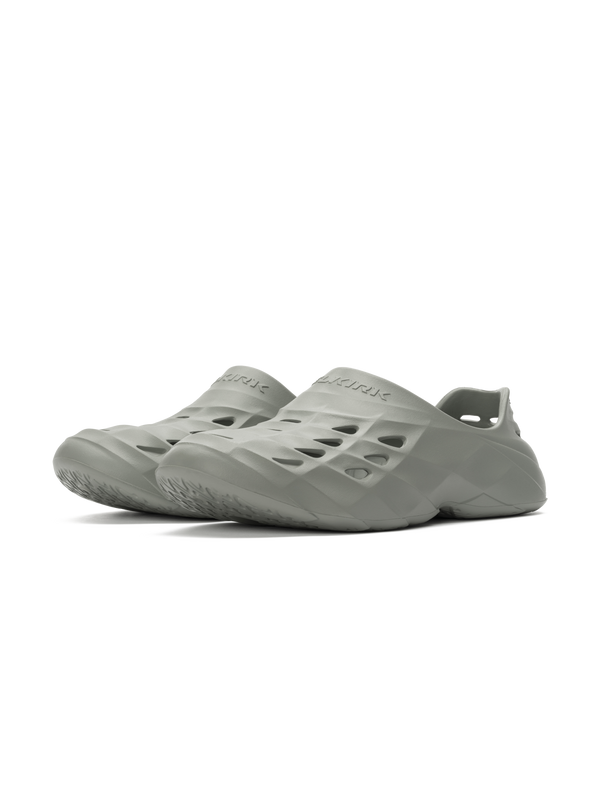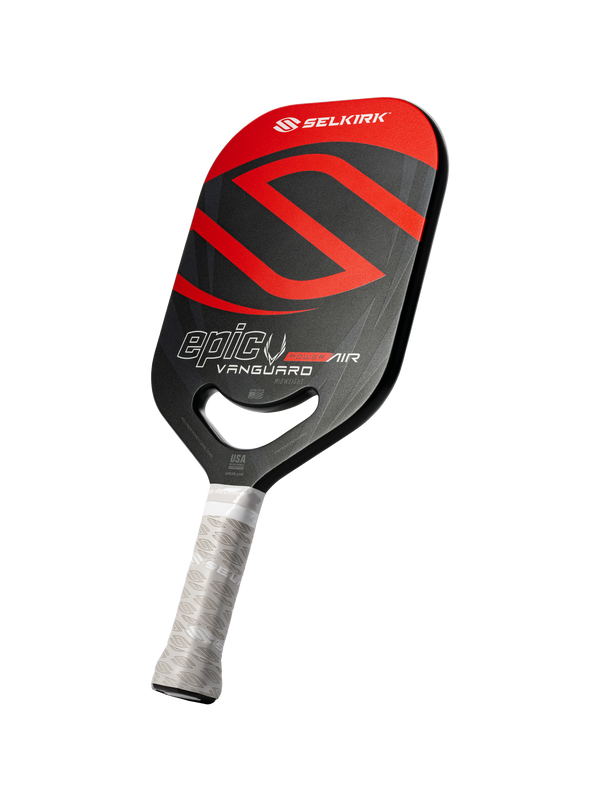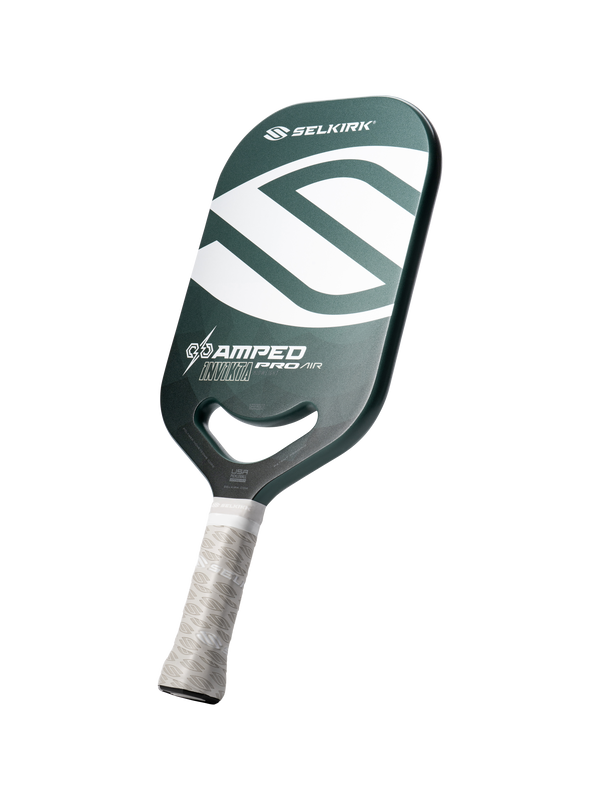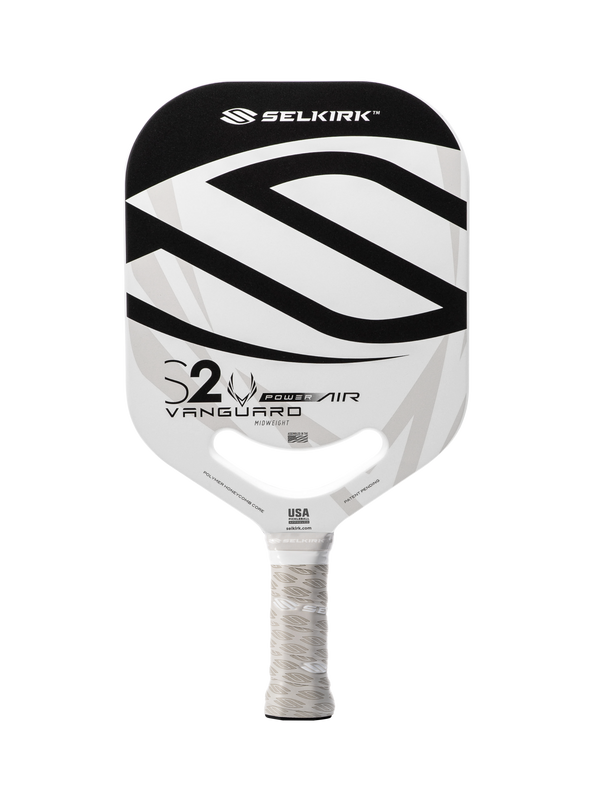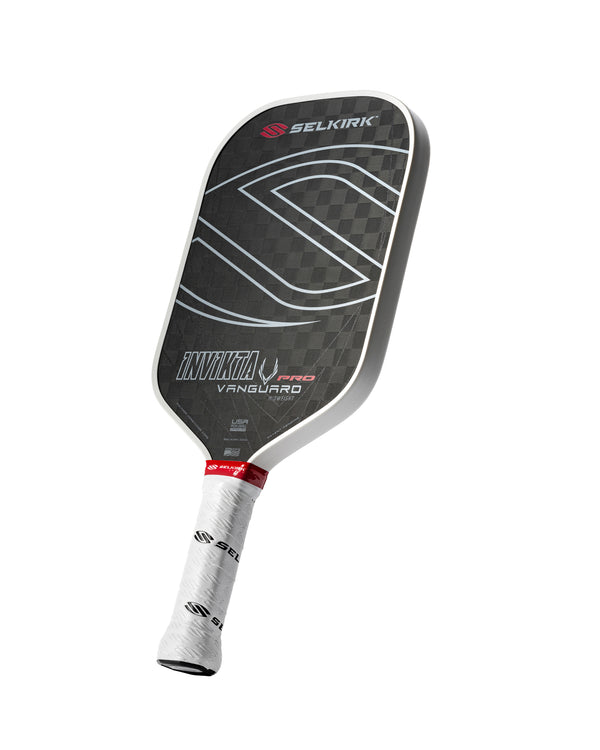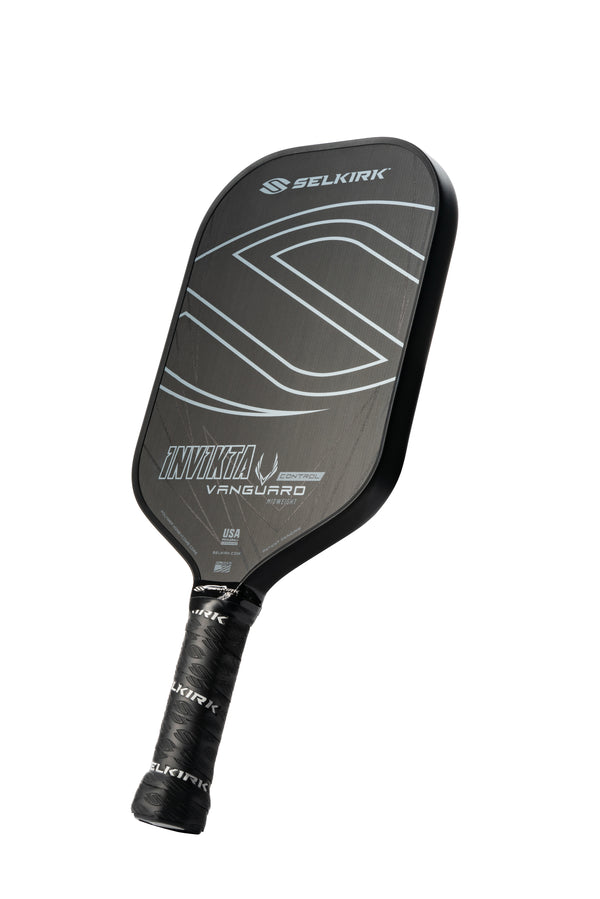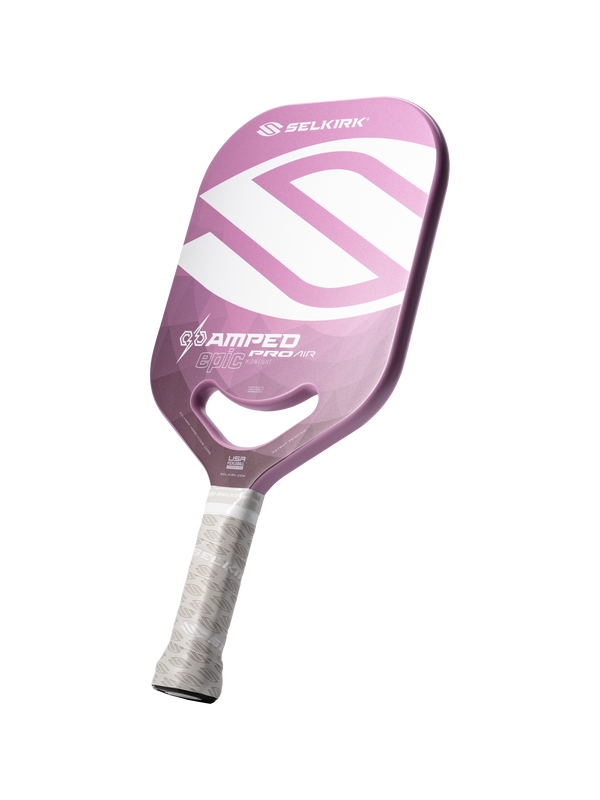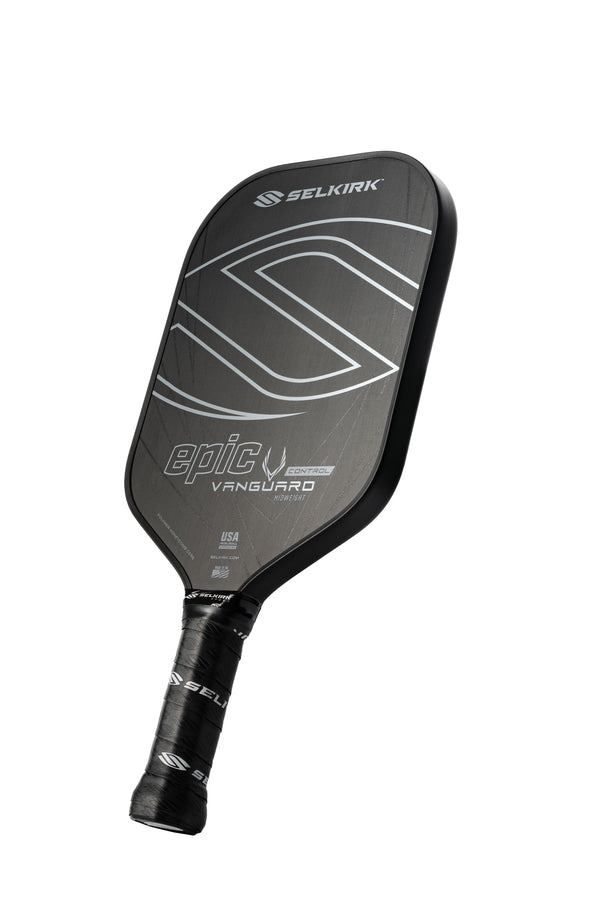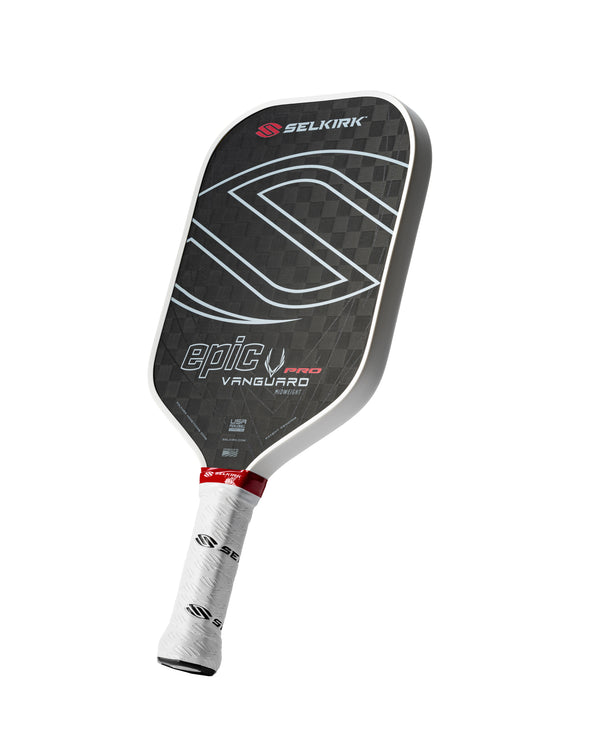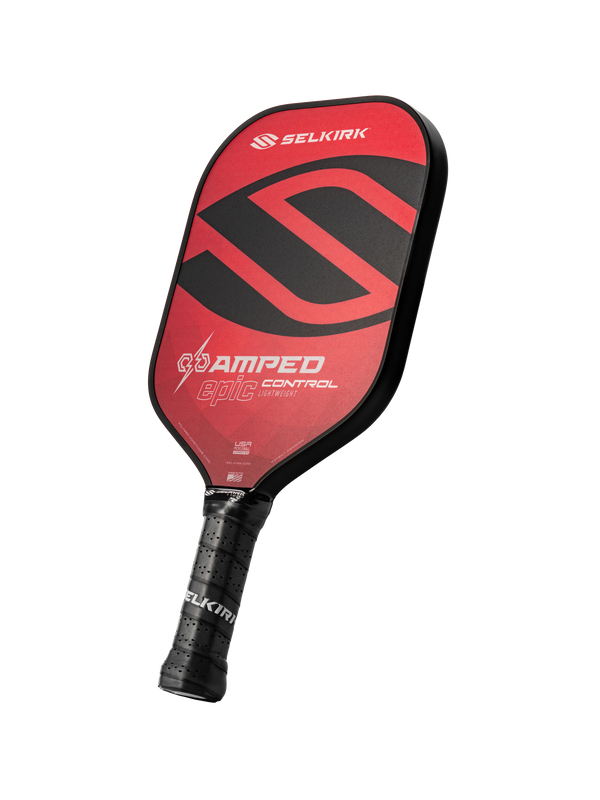Unlike sports such as baseball or football where the same ball can be used indoors and outdoors, a game of pickleball can be affected by the type of ball used.
The type of pickleball you use can significantly impact your game, depending on whether you're playing indoors or outdoors, particularly when considering the climate in which you’re playing.
There are several factors that determine whether a ball is better for indoor or outdoor use, including:
- The number of holes in a pickleball
- The size of the holes
- The weight of the ball
- The hardness of the ball
Let's dive into the nuances of indoor and outdoor pickleballs and why these distinctions matter.
USA Pickleball guidelines
First, it’s important to note that all pickleballs, regardless of whether they’re designed for indoor or outdoor play, must follow certain guidelines. USA Pickleball provides guidelines regarding ball design, which set parameters for various aspects of the ball.
To be added to the USA Pickleball approved ball list, pickleballs must meet the following parameters:
- Must be 2.87-2.97 inches in diameter
- Must weigh between 0.78 and 0.935 ounces
- Must have a bounce of 30-34 inches when dropped from a height of 78 inches
- A minimum of 26 and a maximum of 40 holes
- Uniform color and untextured surface
These guidelines set parameters for various aspects of the ball but leave room for the development of specialized indoor and outdoor pickleballs tailored to the specific conditions and demands of each environment.
The difference between indoor and outdoor pickleballs
While staying inside the parameters for legal balls, pickleball companies have implemented several noticeable differences in the design balls of to be used for indoor and outdoor play.
Difference 1: Number of holes
One of the most noticeable distinctions between indoor and outdoor pickleballs is the number of holes in each ball. Outdoor pickleballs typically have more holes, often closer to the maximum of 40, while indoor balls tend to have fewer, usually between 26 and 30.
Outdoor balls require more holes to help them adjust to the unpredictable wind, ensuring a more stable and accurate flight path. The additional holes help outdoor pickleballs maintain a straighter trajectory, reducing the impact of gusts and crosswinds on your game.
Difference 2: Size of holes
Indoor pickleballs have wider holes compared to their outdoor counterparts. This difference in hole diameter significantly influences the feel of the ball. As indoor balls have larger holes, they feel softer, slower, and easier to control than outdoor balls.
Difference 3: Weight
Weight plays a pivotal role in how a pickleball behaves on the court. Indoor pickleballs, thanks to their larger holes, are lighter than their outdoor counterparts. Conversely, outdoor balls are designed with thicker, harder plastic to withstand rough external conditions, such as wind and temperature fluctuations.
The lightweight nature of indoor balls means they play slower, helping players execute more controlled shots. In contrast, the added weight of outdoor balls provides stability in windy conditions.
Difference 4: Hardness
Hardness is a key factor influencing the speed, bounce, and durability of pickleballs.
Outdoor pickleballs are typically thicker and harder than indoor balls, contributing to their faster play. A thinner ball bounces much more because there is less weight keeping the ball down. While a bouncy ball is fine for indoor play when outside, a bouncier ball will be more affected by weather.
Additionally, the harder surface of outdoor balls enables them to withstand the rigors of outdoor play, where rougher surfaces and unpredictable weather conditions are common. However, this added hardness can also make outdoor pickleballs more susceptible to cracking, as they possess fewer elastic properties compared to their indoor counterparts.
Indoor balls, with their softer construction, are less likely to crack but may not fare well when subjected to the outdoor elements.
Choosing the right pickleball for play
While it's technically possible to use an indoor ball outdoors and vice versa, it's not advisable if you want to maximize your performance and enjoyment of the game. Instead, it's crucial to select a pickleball specifically designed for the type of play in which you intend to engage.
For indoor play, opt for pickleballs with wider holes, lighter weight, and softer construction. These features will help you execute precise shots and control the game with finesse.
Conversely, outdoor pickleballs, with their higher hole count, heavier weight, and increased hardness, are better suited for handling the challenges of outdoor environments, such as wind and rougher surfaces.
If you're looking for a high-quality pickleball to help you dominate when playing outdoors, consider the Selkirk Pro S1. Designed to offer superior flight trajectory and durability compared to other options on the market, the Selkirk Pro S1 provides a reliable choice for outdoor pickleball enthusiasts.


